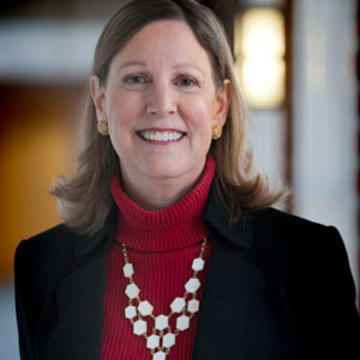Barbara Bush, American matriarch
As first lady, she straddled the traditional and modern models of the president's wife
[Read the article in the Washington Post]
Perhaps because we shared the same first name, and I became a scholar of first ladies, I was always intrigued by Barbara Bush. As she aged, I thought I might never meet her, but just six months ago my opportunity arrived. At Texas A&M for the 20th anniversary of the George Bush Presidential Library, I waited in the green room for my panel on the 41st president to begin. Suddenly, Barbara Bush appeared in the doorway, looking every bit a commanding presence as she wielded her electric scooter to face us.
My fellow panelists, who all knew her, scurried out to say hello. I kept my distance but finally worked up the courage to introduce myself. She listened patiently while I explained that I had worked on her husband’s oral history project at the University of Virginia’s Miller Center, but my monologue waned, and I searched for just the right parting word. I always conclude oral history interviews by thanking the subject for his or her service to our country, so I trotted out that sincere but admittedly trite encomium. Fastening her steely gray eyes directly on me, she responded, “Baloney!”
It was the perfect Barbara Bush moment. In her time as first lady, Bush became the epitome of a plain-speaking American matron. But she represented much more in her role as first lady. She stood at the inflection point of the office—between the traditional model of the president’s wife who remains in the background and plays a minimal public role, like Bess Truman and Pat Nixon, and the contemporary model of the full political partner, like Hillary Clinton, following in the footsteps of Eleanor Roosevelt. In some ways, she occupied a middle ground—not overtly outspoken or politically intrusive but deeply influential and a force behind the scenes.
